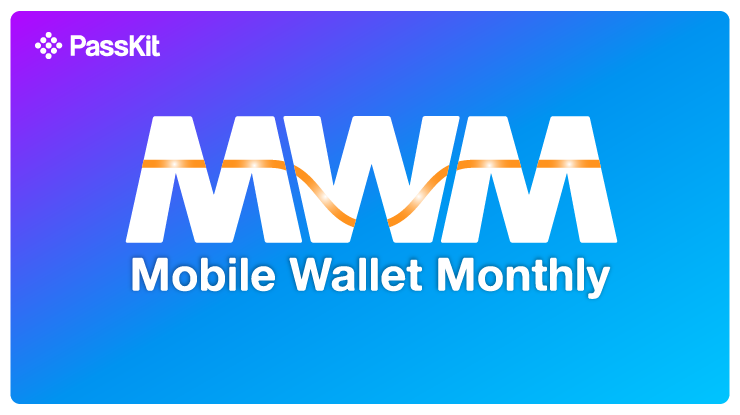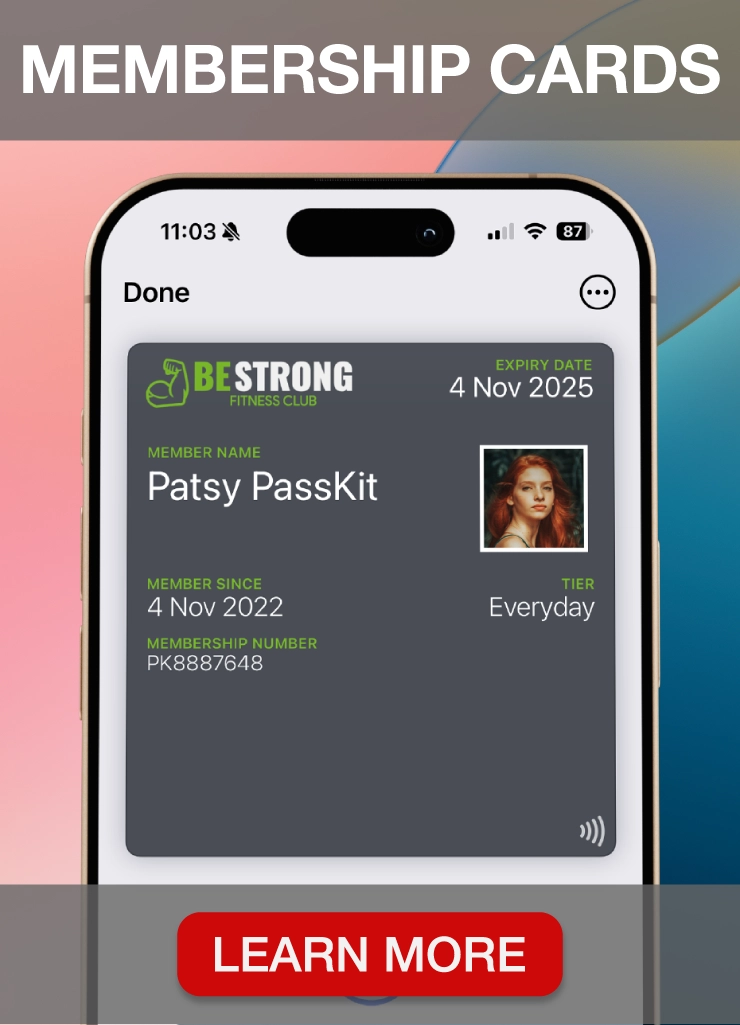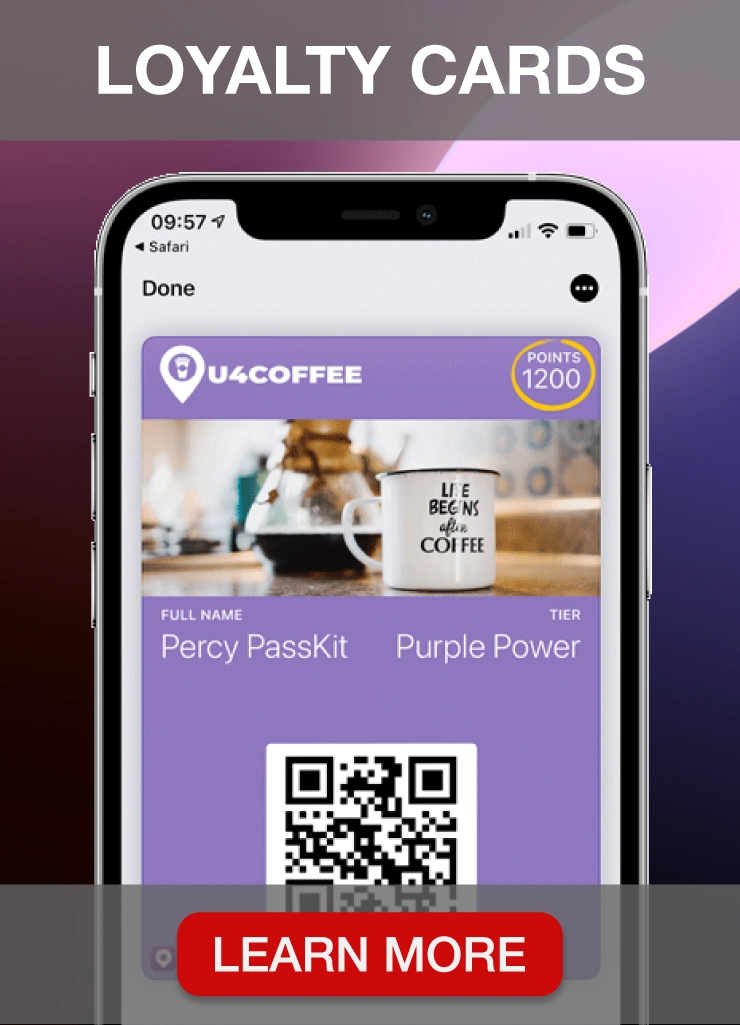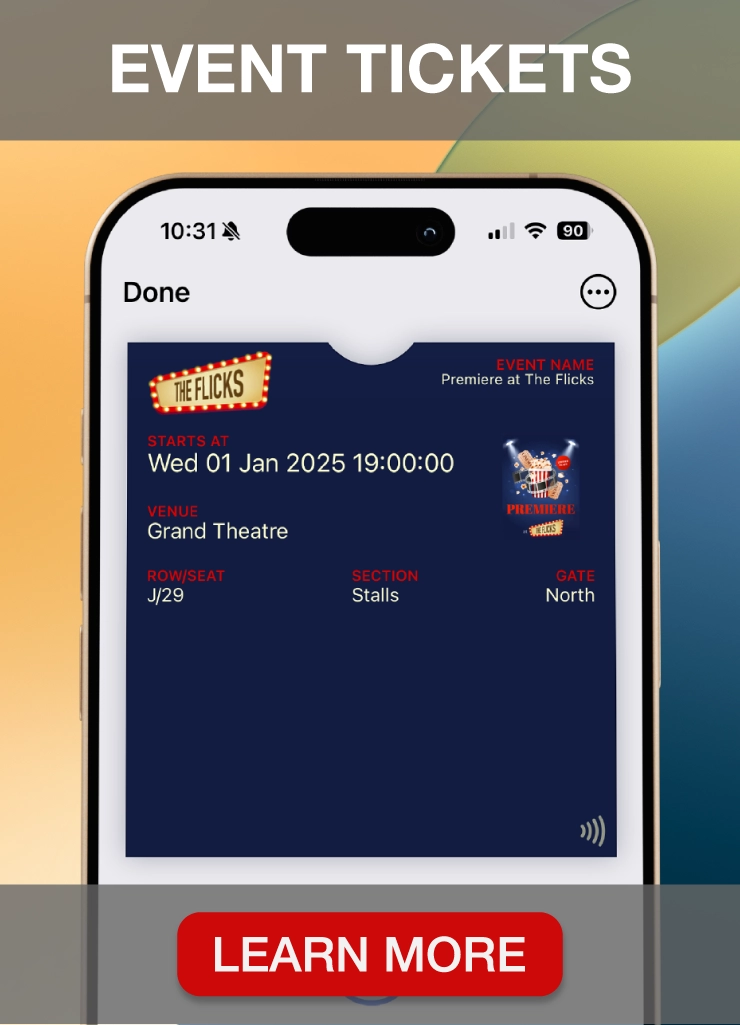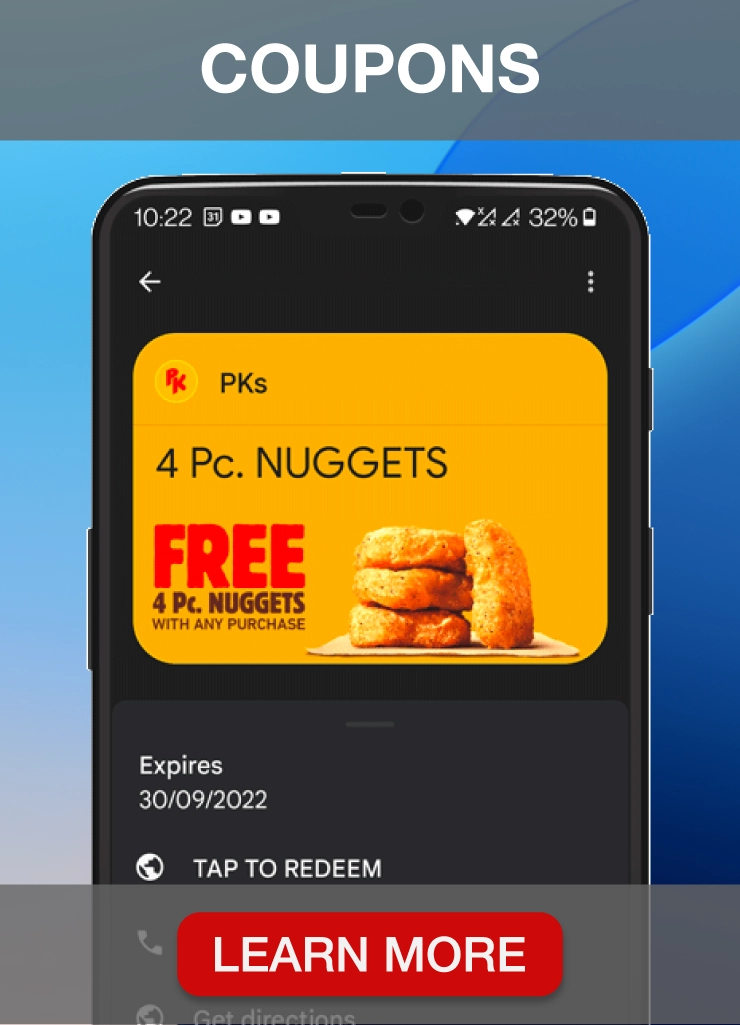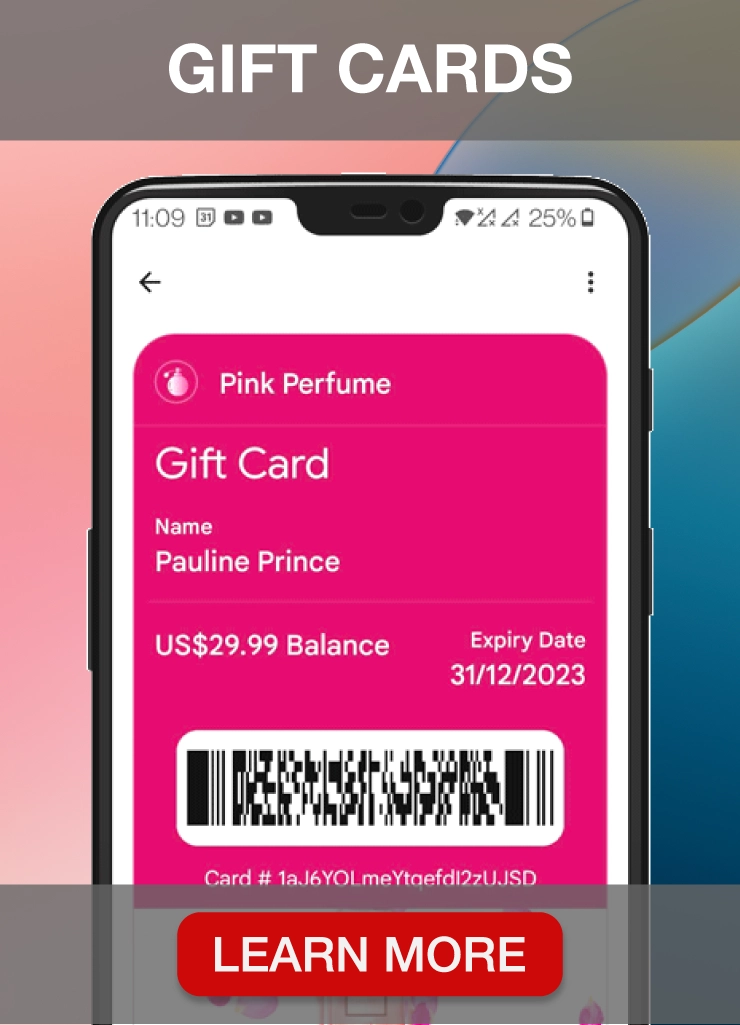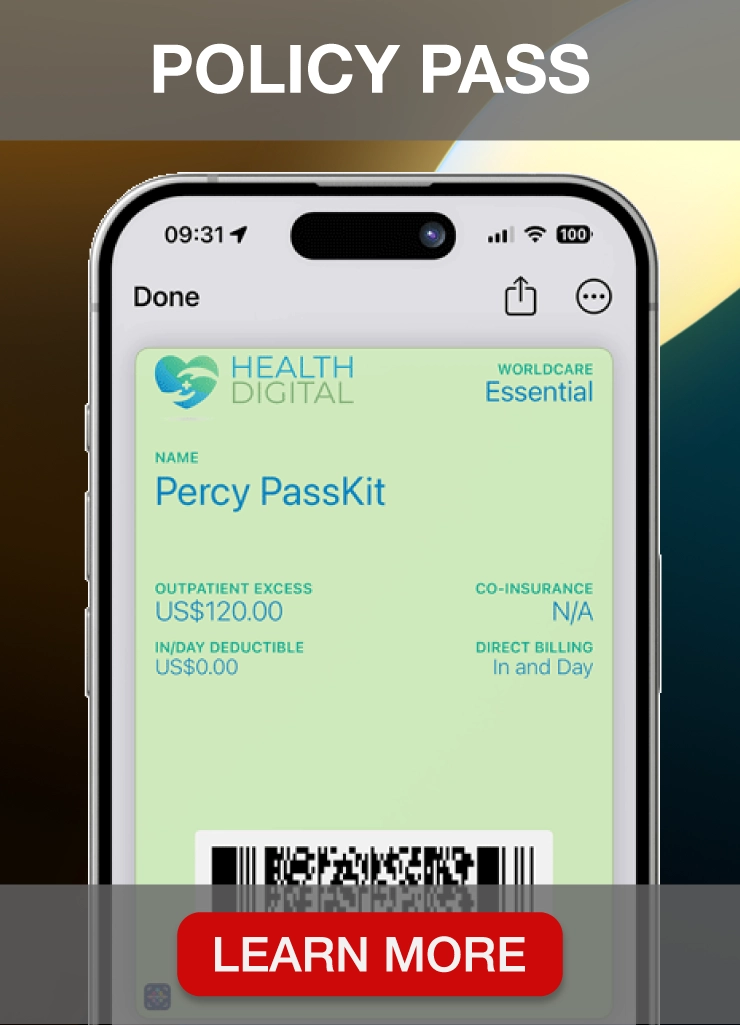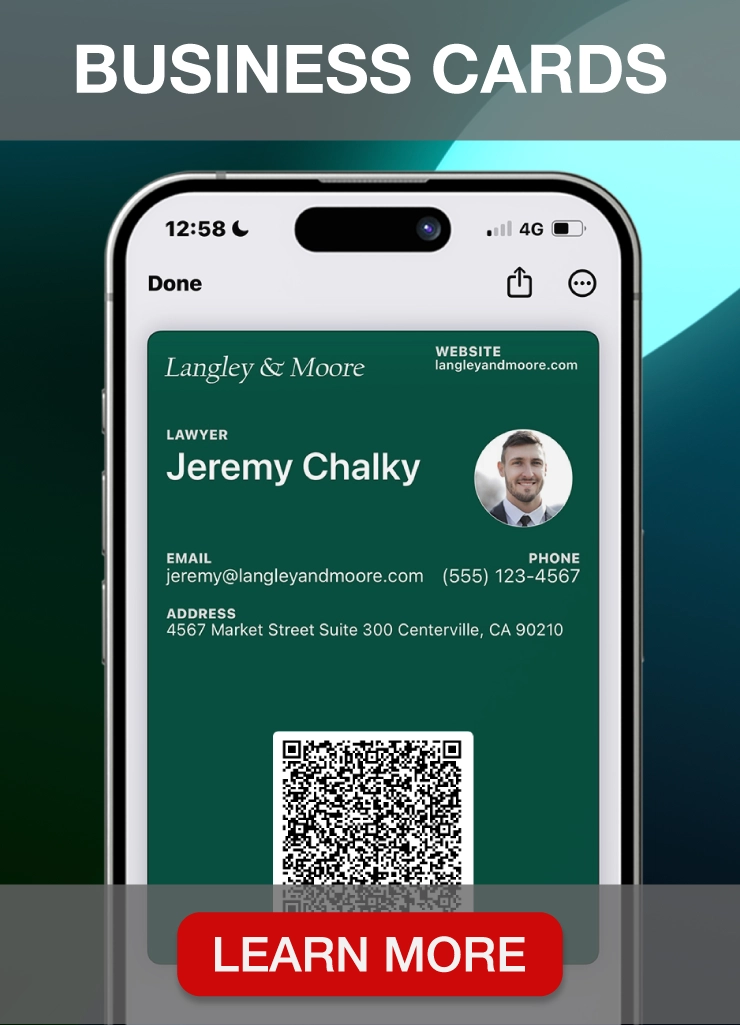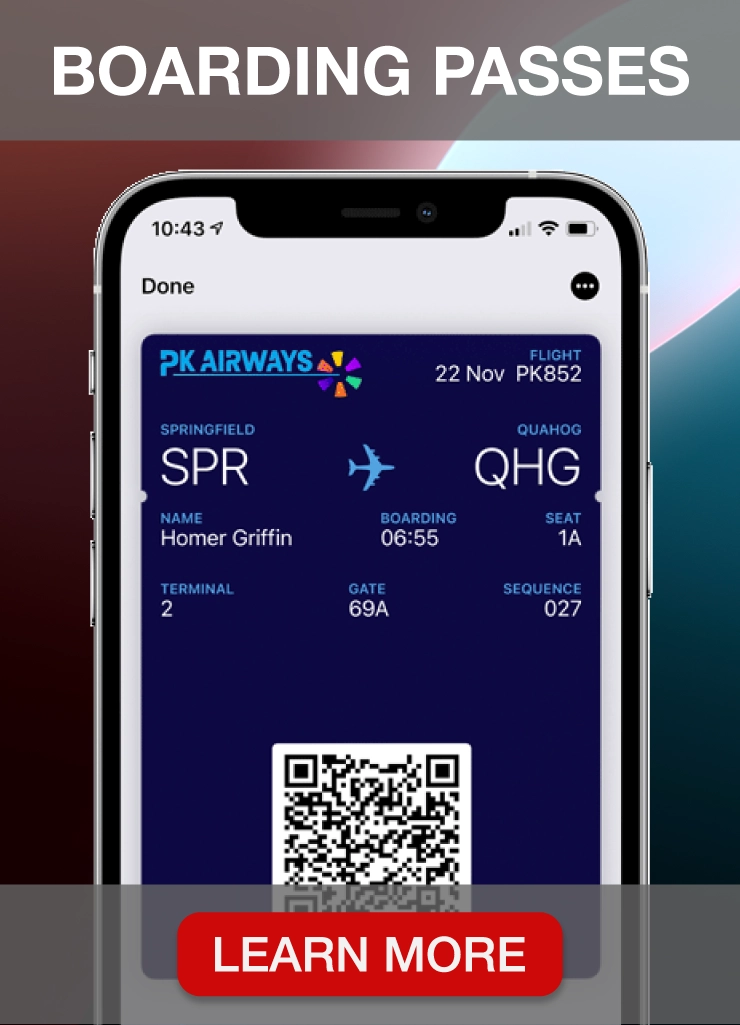Events are investments, and to maximize their value in a competitive market, you need a clear advantage. With nearly 80% of marketers citing events as crucial for business success, a robust event communication plan sets you apart. It ensures strategic alignment between goals and messaging, leading to delighted attendees, lasting sponsor relationships, and seamless execution.
What Is an Event Communication Plan?
An event communication plan is a structured framework for impactful event communications. It outlines strategies for audience segmentation, message development, channel selection, and crisis preparedness. This strategic approach maximizes engagement, strengthens brand image, and ultimately drives the success of your in-person or virtual event.
A detailed communication plan can address specific event challenges such as:
Clear Information Flow: Your event communication plan acts as a navigational guide, providing clear directions and essential information, such as schedules, locations, and contact points. This eliminates the potential for long lines or bottlenecks caused by unclear signage.
Crisis Management: Your plan shouldn’t ignore the unexpected. It should have clear steps for handling changes or emergencies, This allows you to respond rapidly, communicate effectively, and minimize disruptions like weather-related disruptions, technical difficulties, or speaker cancellations with minimal impact on attendees.
Stakeholder Alignment: Your event communication plan identifies everyone involved, from attendees to sponsors, partners, and your internal team. This allows you to tailor key messages for each group, ensuring sponsors feel valued and avoiding mishaps due to misaligned expectations between you and your partners.
Audience Engagement: Think beyond broadcasting information! Your plan should address attendee needs throughout the event lifecycle, fostering connection with interactive strategies for pre-event excitement, real-time support, and community-building.
Use Event apps, social media campaigns focused on interaction, personalization, engaging content, and real-time features (like live polls, hashtags, and Q&A) are essential communication tools to prevent attendee disengagement.
Consistent Brand Messaging: A strong communication plan safeguards your reputation, ensuring your brand voice remains consistent across all channels and touchpoints. Every email, social media update, or in-person announcement reflects your unwavering commitment to professionalism.
Know Your Audience
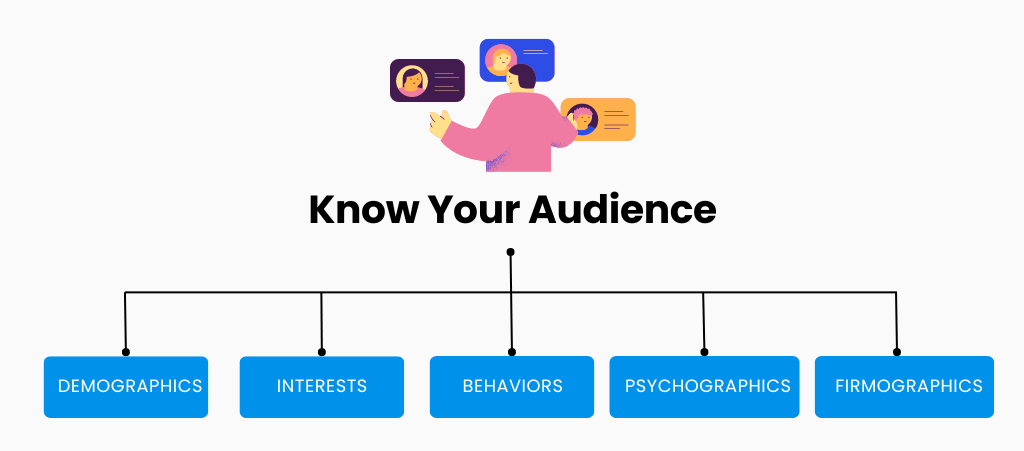
To craft a truly effective event communication plan, understand your audience first. Target messaging by understanding demographics (age, profession, location), interests, behaviors, psychographics (values, lifestyles), and firmographics (company size and sector, especially for B2B events). This in-depth approach ensures your communications connect deeply with each audience segment.
Demographic Segmentation
As an event planner knowing demographics, age, gender, profession, industry, and location is crucial. South By South West (SXSW) in Texas leverages demographic segmentation to deeply understand their audience. This detailed analysis of attendee demographics likely informs decisions about programming, marketing, and partnerships, ensuring the festival consistently delivers a highly relevant and engaging experience.
Another example is the Cannes Lions Festival who employs this strategy effectively, using tailored marketing to engage specific customer segments based on their interests, job titles, and company sizes. This nuanced approach led to a 25% increase in attendance and a 40% increase in revenue in 2023, demonstrating that targeted communication methods can significantly improve event reach and engagement.
Behavior-Driven Insights
Take advantage of tools like Google Analytics and CRM software to extract actionable insights from past event data. For instance, after analyzing their data, Johnny Cupcakes tailored their email marketing campaigns using insights from customer social profiles.
This segmentation based on interests, preferences, and media habits led to a 123% increase in conversion rates and a 141% increase in revenue per campaign. This example underscores the power of data-driven decisions in optimizing marketing strategies and enhancing customer engagement.
Psychographic Segmentation
Understanding the values, beliefs, and priorities of your audience can lead to profoundly engaging experiences. Events like the Green Tech Symposium, for example, integrate sustainability into their core message, connecting deeply with eco-conscious attendees. This alignment with attendee values has nurtured a 25% increase in loyalty. Illustrating this connection provides a motivation for others to create meaningful and value-driven event experiences.
Firmographic Segmentation
Firmographic segmentation involves categorizing businesses based on specific characteristics such as company size, industry, and geographical location.
This process helps B2B companies tailor their marketing and sales strategies to better align with the attributes and needs of different business segments.
By understanding these key firmographic details, companies can more effectively target their communications, optimize their marketing efforts, and ultimately enhance their return on investment
Crafting Your Communication Strategy
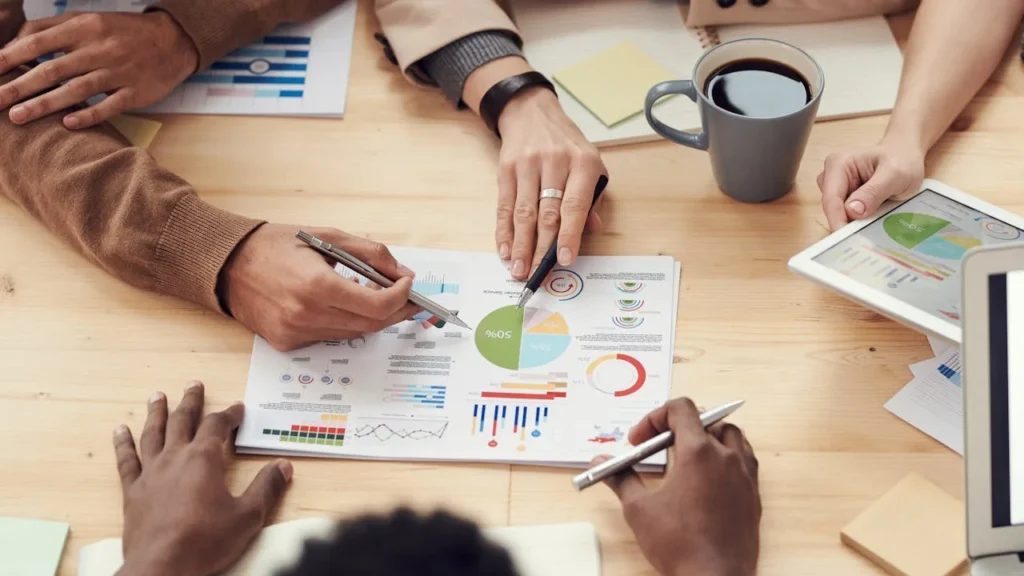
Convert the insights from your audience into a strategic communication plan. Emphasize crafting impactful core messages, choosing the best channels to reach distinct audience segments, and setting clear, measurable objectives to monitor and refine your approach as necessary.
Formulating Core Messages
Core messages are central to your communication strategy, aimed at capturing your audience’s interest and addressing their needs effectively. They should:
- Achieve Clarity: Craft messages that are straightforward and simple, avoiding technical language or industry-specific jargon that may not be comprehensible to all audience groups.
- Ensure Consistency: Maintain a uniform tone and style across various channels to strengthen your event’s brand and avoid confusing your audience.
- Connect with the Audience: Customize your messages to engage directly with your audience’s interests, challenges, and goals, thereby improving engagement and making communications feel personal.
Applying the S.M.A.R.T. Framework
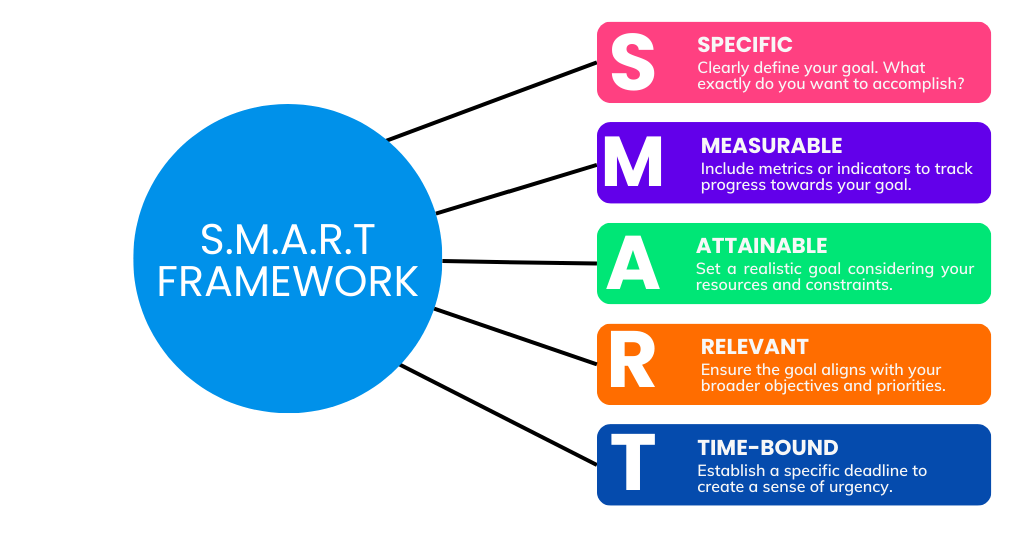
Align your core messages with the S.M.A.R.T framework to ensure they are Specific, Measurable, Achievable, Relevant, and Time-bound. For example, transform a general goal like ‘Boost attendance’ into a targeted objective such as ‘Increase registrations by 15% compared to last year.’
Choosing Strategic Channels
Selecting appropriate communication channels is essential for effectively reaching your intended audience:
Traditional Channels: These are indispensable for tapping into local markets or demographics less inclined towards digital media. Tools like press releases, print ads, and direct mailings can significantly boost visibility and engagement among these groups.
Digital Channels: For targeted, measurable interactions, digital platforms are essential. Social media channels, email marketing, event-specific websites or mobile apps allow for tailored messages that resonate with specific audience subsets. For example, LinkedIn is ideal for professional networking, while Instagram appeals to a younger, visually-oriented crowd.
Direct Interactions: Personalized communication such as emails, phone calls, or face-to-face meetings are critical for deepening relationships with key stakeholders like sponsors or VIP attendees. These interactions foster a sense of exclusivity and importance, enhancing overall engagement and commitment.
Establishing KPIs
Define Key Performance Indicators (KPIs) that correlate with your objectives to measure the effectiveness of your communication strategy, including:
- Reach Metrics: Track metrics such as event website visits, social media engagement, and email open rates to evaluate how far your messages spread.
- Engagement Metrics: Analyze click-through rates, social shares, survey participation, and time spent on your event site to determine audience engagement levels.
- Conversion Metrics: Monitor registrations, ticket sales, and sponsor commitments to gauge the tangible outcomes of your communications.
- Sentiment Analysis: Assess social media mentions and collect survey feedback to understand public perceptions and emotional reactions to your event.
Remember, crafting your communication strategy is a dynamic, ongoing process. Regularly use the insights from your KPIs to continuously improve your messages, channel choices, and overall strategy to maximize impact and ensure a successful event.
Developing Your Communication Timeline
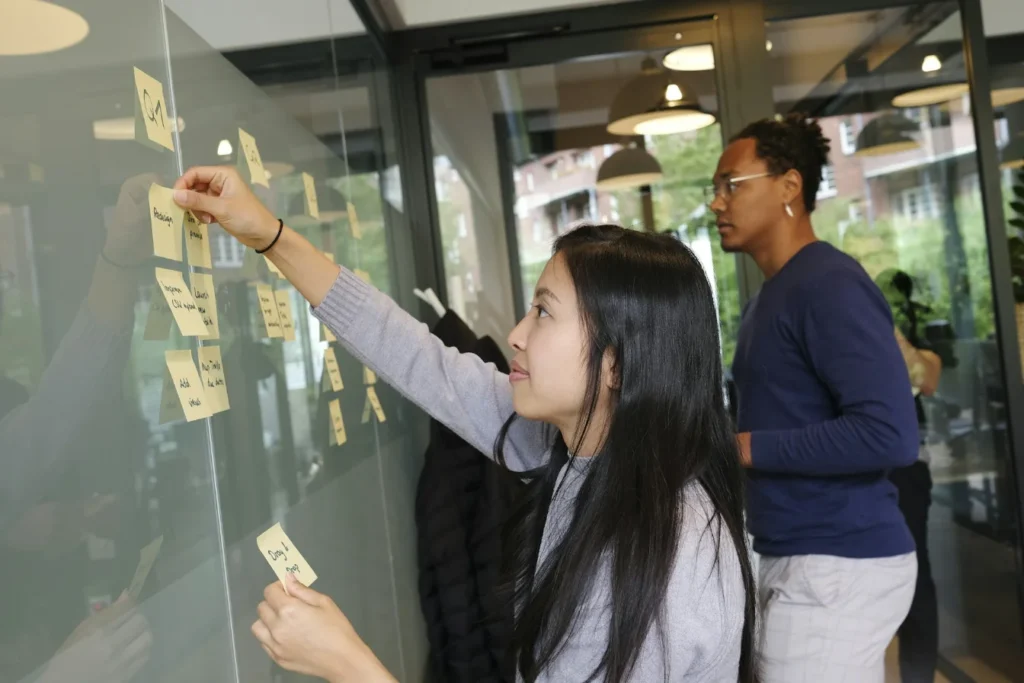
To develop your communication timeline, start planning early, identify important milestones, and schedule consistent updates to maintain engagement up to and following your event.
The questions you should have already answered leading up to the event:
What is the objective of the event?
Who is the target audience?
What key information needs to be communicated?
What channels will be used to communicate?
What is the messaging strategy?
How often should communications be sent?
Who is responsible for each part of the communication plan?
How will you measure the effectiveness of your communications?
You have the option to develop a customized event communication plan checklist tailored to your specific needs, or you can explore a crafted template available here.
Pre-Event Communication
Crafting an engaging pre-event communication strategy is essential to building anticipation and driving registration.
Start by unveiling your event with an impactful announcement that highlights the theme, key speakers, and unique selling points. Use a mix of email blasts, targeted social media campaigns, and personalized invitations to reach different audience segments.
As the event approaches, keep the momentum going. Share exclusive content like speaker interviews, sneak peeks of the venue, or previews of event materials. Consider incorporating interactive elements such as polls about session topics or contests that reward sharing and engagement with free registrations or upgrades.
Ramp up your communication as the event nears, emphasizing any deadlines for early-bird rates or limited-capacity workshops. Use urgency tactfully to push those last-minute decisions, countdown timers in emails or flash sales on social media can be very effective.
Clear and effective communication is the backbone of well-organized event logistics, ensuring that all aspects of the event run smoothly and efficiently.
During-Event Communication
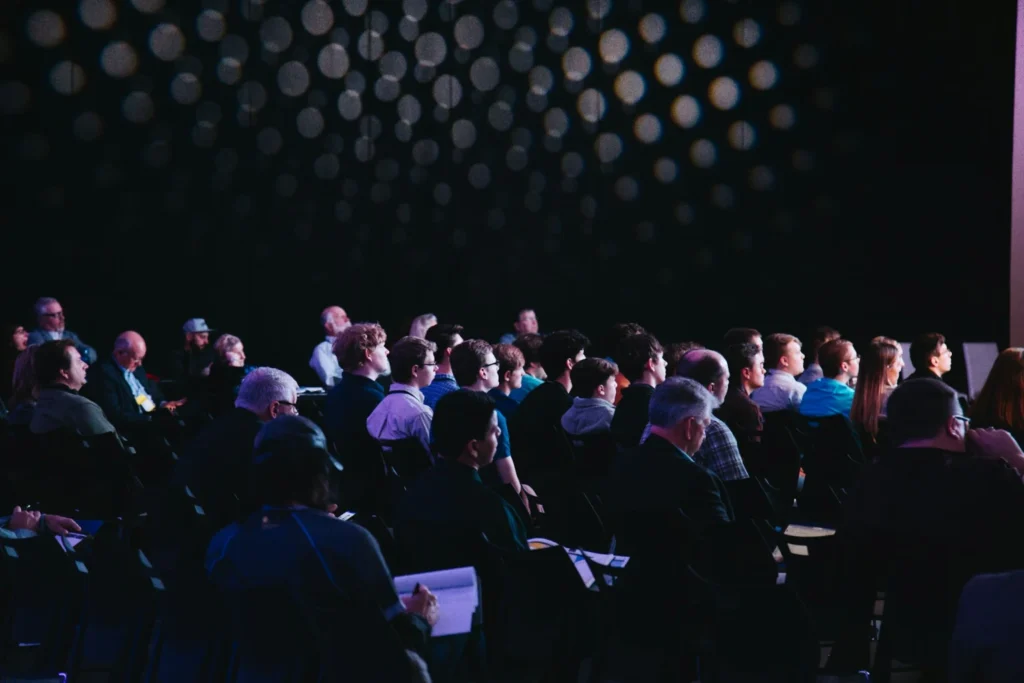
It is essential to have effective communication throughout the event to ensure smooth operations and maintain a good experience for attendees. Utilize a variety of communication channels for real-time updates on session times, schedule changes, and urgent alerts.
These include on-site digital signage, email blasts, SMS notifications, and announcements over the venue’s sound system. Encourage networking with dedicated physical spaces, icebreakers, and facilitated discussion groups.
Activate audience engagement through dynamic features like Q&A sessions, real-time polls, or Twitter streams showcasing tweets associated with your event hashtag. Such interactions can increase participation and offer immediate feedback, influencing the ongoing dynamics of the event.
Have a specialized team in place to oversee communication channels during the event, equipped to handle inquiries or problems as they emerge. Quick reactions to attendees’ concerns can markedly improve the event experience and increase attendee satisfaction.
Post-Event Communication
Following the event, it’s crucial to continue engaging with participants. Distribute thank-you notes, post-event questionnaires, and summaries of exclusive content to sustain dialogue. This also serves as a chance to collect valuable feedback, which is essential for organizing subsequent events.
Distribute multimedia content like photos, videos, and session summaries. Create segmented follow-up communications customized for different types of attendees such as comprehensive industry reports for professionals or opportunities for ongoing education for students.
To foster continued interest, provide incentives for early registrations for upcoming events or discounts on company products or services. This not only keeps interest alive but also fosters loyalty and anticipation for future events.
Timeline Adaptability
Adjust your timeline based on the event’s scale and structure. For larger conferences, a more detailed approach might be necessary, directing communications towards specific groups like VIPs, newcomers, or industry specialists. For smaller gatherings, a more straightforward and direct communication strategy may suffice.
Executing and Refining Your Plan

Meticulous planning sets the stage, but the real test of an event communication strategy is in its execution and adaptability. This section outlines the roles necessary for execution, identifies essential tools for efficiency, and emphasizes continuous optimization to ensure your communication strategy not only meets but exceeds expectations.
Roles and Responsibilities
To guarantee clear communication and accountability, define specific roles within your team. Consider the following key positions:
Communications Director: This role oversees the overall strategy, ensuring messaging is consistent across various platforms. The director coordinates communications across different teams and regions, essential for the success of large-scale events.
Social Media Manager: Responsible for managing social media interactions, this role involves crafting engaging posts and monitoring online activities to enhance event visibility and engagement. Success is often seen in increased online interactions and expanded event reach.
Email Marketing Manager: Focuses on developing segmented email campaigns to boost attendee engagement. By targeting specific audience groups, this role helps increase event participation and maintain attendee interest.
Content Writer: Produces relevant content that resonates with the event’s audience, including blog posts and promotional materials. Content writers ensure thematic consistency across all communications, contributing to the overall narrative of the event.
Tools and Technologies
Use the following tools to improve operations and gather insightful data:
Digital Ticketing Software
Passkit offers robust features for creating, distributing, and managing digital passes, tickets, and loyalty cards through mobile wallet technology. Improving attendee convenience and engagement by providing easy access to event tickets directly from their smartphones.
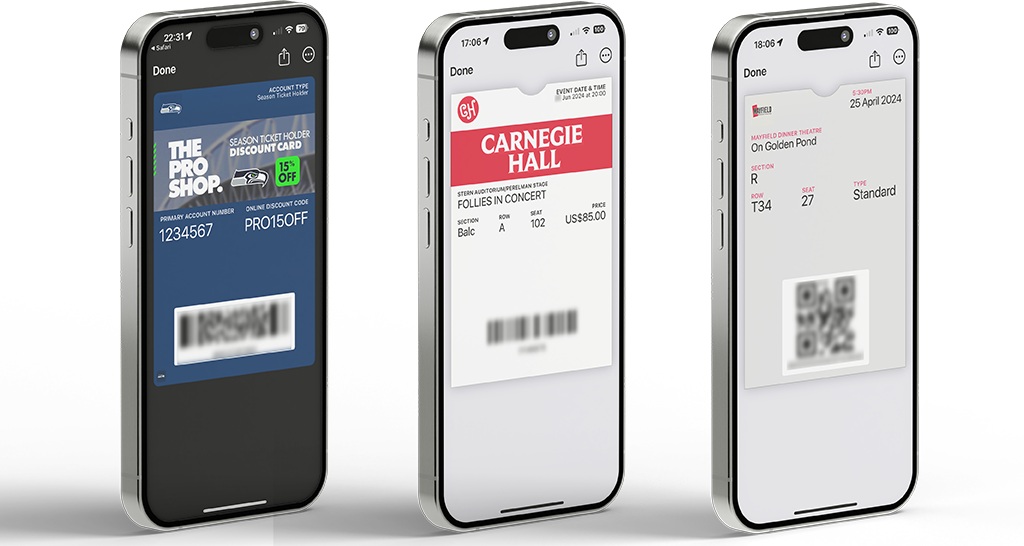
PassKit can integrate with your marketing and communication strategies, allowing real-time updates and push notifications that keep your attendees informed and engaged. Try Passkit for free for 45 days.
Project Management Software
Implement project management tools such as Asana or Trello to manage tasks, deadlines, and team responsibilities. These tools offer a visual map of your event timeline and assist in keeping the team informed about current statuses and forthcoming deadlines, guaranteeing continuous communication
Email Marketing Platforms
Platforms like Mailchimp and Constant Contact offer features like automation, segmentation, and A/B testing. These tools prove their worth in diverse event marketing scenarios. For instance, the Fall Round Up Horse Sale leveraged email marketing to increase pre-registrations by 300 attendees, additionally, the pages on their website featuring the horses for sale grew by 600%.
Monitoring and Optimization

Continuously measure the effectiveness of your communication strategy:
- Track Your Metrics: Regularly review data like website traffic, social engagement, and email metrics. Compare these against your goals to gauge success.
- A/B Testing: Experiment with different elements in your communications to find what works best. For example, A/B testing during Facebook’s F8 Conference helped refine call-to-action placements, boosting user engagement.
- Gather Feedback: Use post-event surveys and social media listening tools to gather attendee feedback. This feedback is crucial for refining future strategies, as seen with Spotify’s year-end event, which adapted future content based on user comments and reactions.
Crisis Communication
Prepare for potential issues with a proactive crisis communication plan that includes assigning a trained spokesperson to handle all crisis communications, ensuring messages are clear and authoritative.
Develop pre-approved holding statements for responses to potential issues like weather delays or tech failures.
Additionally, set up systems to continuously monitor news and social media platforms. This protocol was effectively used during the Super Bowl, allowing event organizers to swiftly address and rectify a security mishap.

